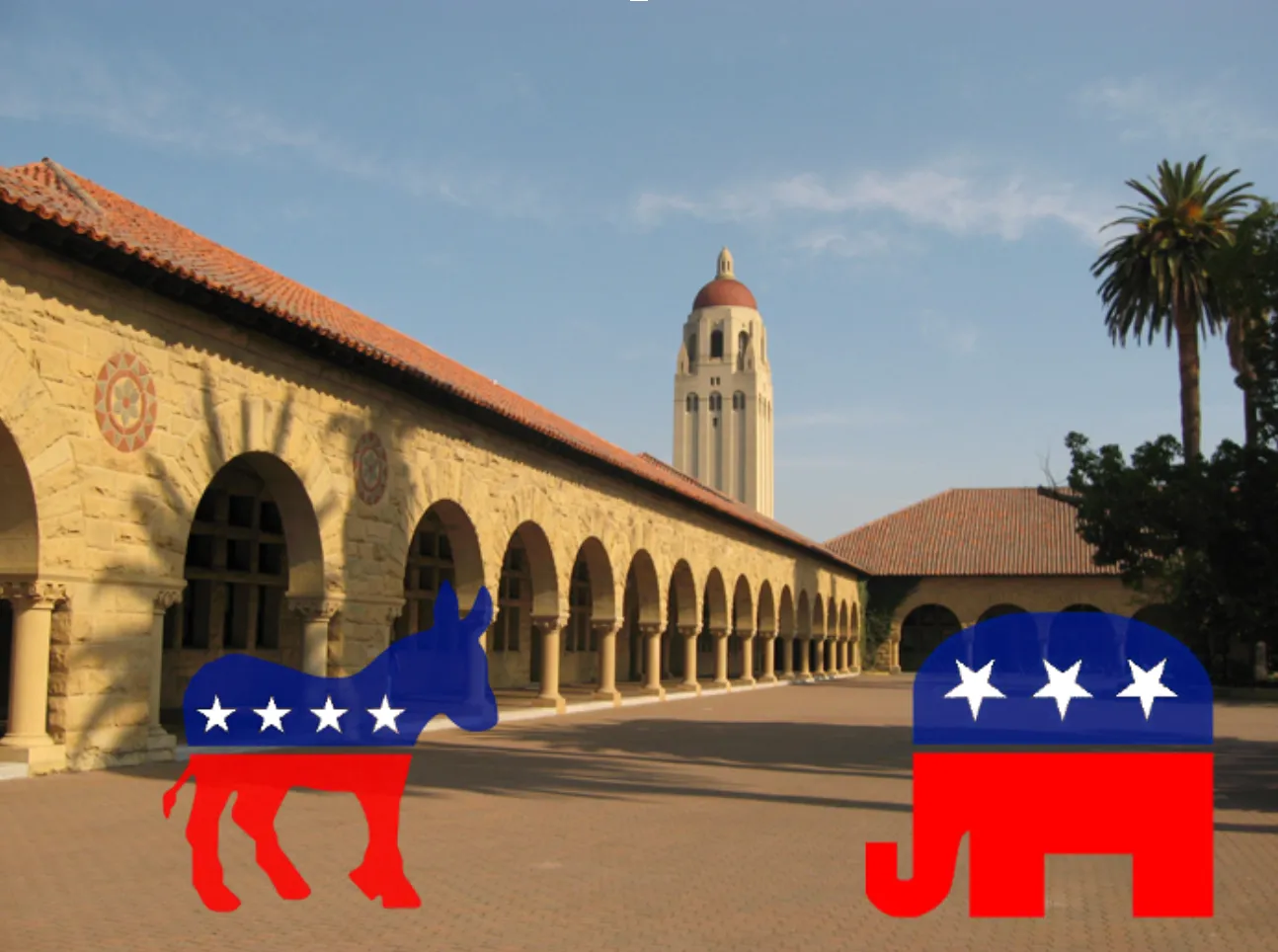Table of Contents
So, some of you might remember way back in October when I blogged about the potential for Stanford to have a major asset “fire sale” in its illiquid partnerships. Or, you might recall seeing Rubi Ancajas’s article on the same subject in the Review a week later. Well, it appears that it won’t be happening after all.
Stanford announced today that it will not be selling the portion of its illiquid assets that it originally anticipated. Instead, Stanford Management Company (SMC) CEO John Powers said:
We have been pleased to find that secondary market interest in very high quality private equity assets is far stronger than it has been in the very recent past. Nevertheless, we have determined that a secondary sale is not required to meet our liquidity and portfolio balance objectives…I continue to have full confidence in our ability to meet our obligations to the university and to our investment partners.
How do we interpret this news? If Stanford was originally willing to consider selling its assets for somewhere in the range of 50 to 80 cents on the dollar according to speculation in the New York Time‘s DealBook column, what might have changed to make them choose not to sell? I see two possible scenarios:
-
The market was in fact so bad that Stanford would have taken too big of a write-down to be worth it.
-
The market has picked up enough, at least in Stanford’s other asset classes, that John Power’s earlier concerns about getting Stanford out of partnerships with future capital requirements (discussed in Rubi’s piece linked earlier) are no longer pressing. Stanford can afford to continue meeting its capital calls there, so it’s worth it to wait for those partnerships to come to fruition or otherwise gain in value before selling.
It is clear that scenario 2 is far more likely. The stock market has continued to gain since October, when the sale was announced and has gone up even further since Stanford demanded “best and final offers” by November 19th, going up over 1000 points since early October, when Stanford announced the sale and by 200 points since the November 19th deadline. With those gains, the SMC is less concerned about providing additional capital, since it can use the gain in value of its other assets to offset those payments and still “keep the lights on” at Stanford. Furthermore, Reuters reports that the final bids for its portfolio were for “80 to 85 cents” on the dollar, so well above any truly distressed value.
Finally, the SMC continues to emphasize that it has not touched its $800 million cash buffer, which would help it sustain itself if, in fact, things did sour again. Waiting for those partnerships to pay off may be the key to helping Stanford’s endowment return to its pre-crash value more quickly.







